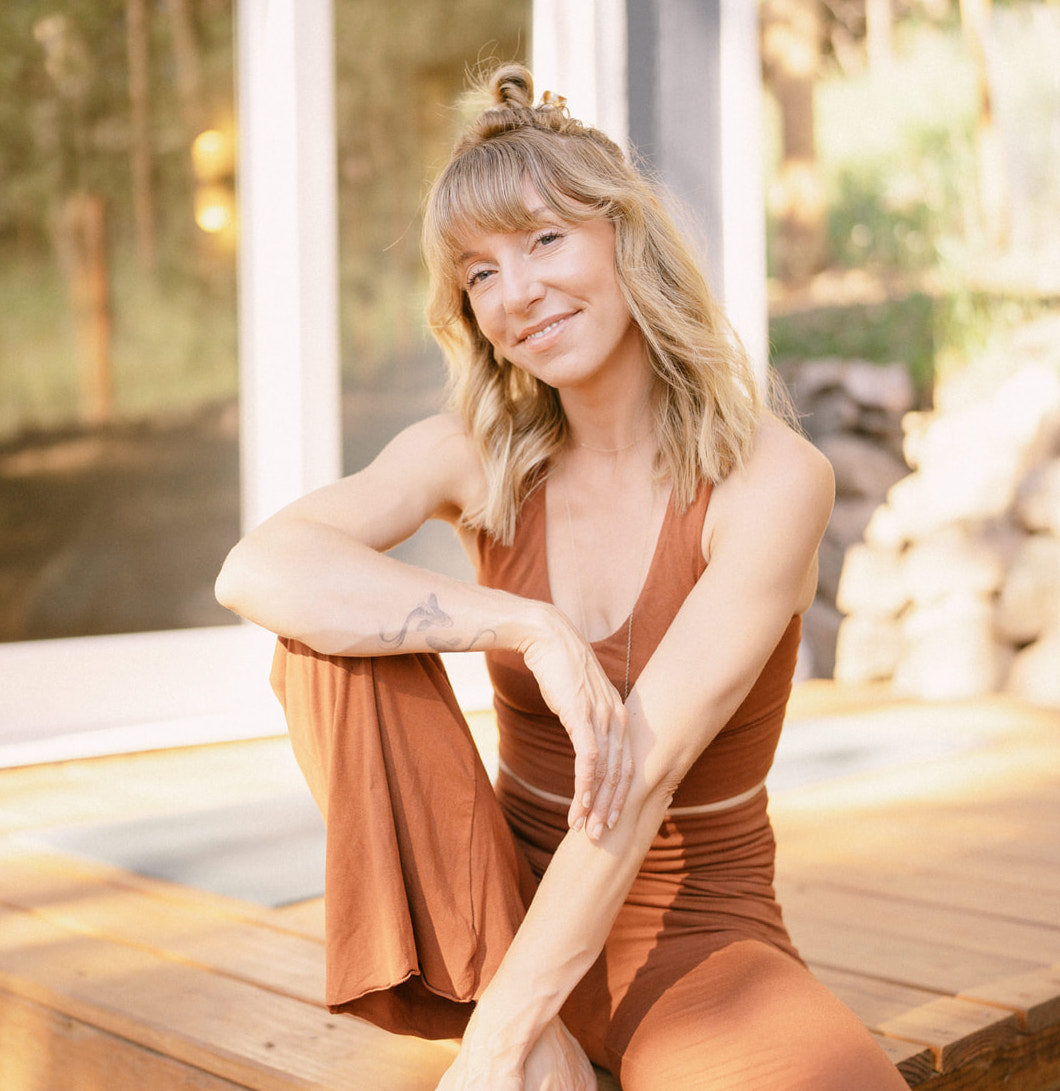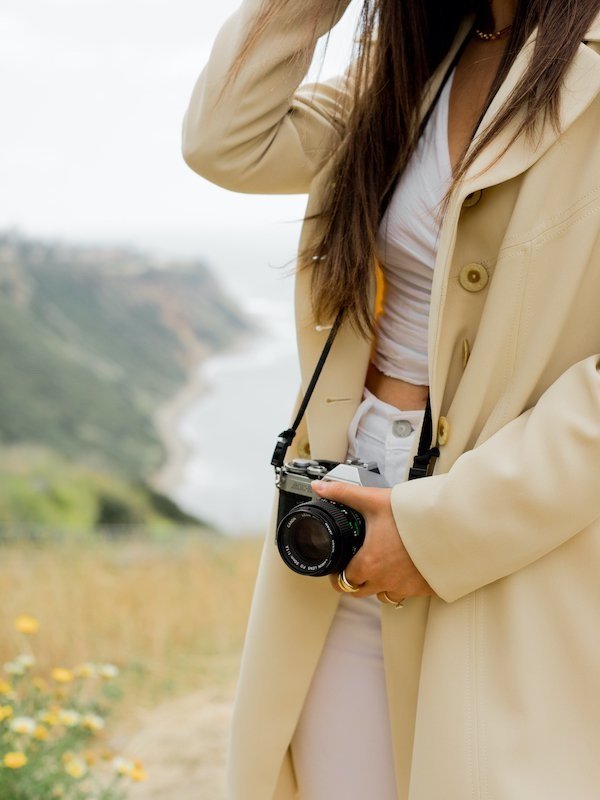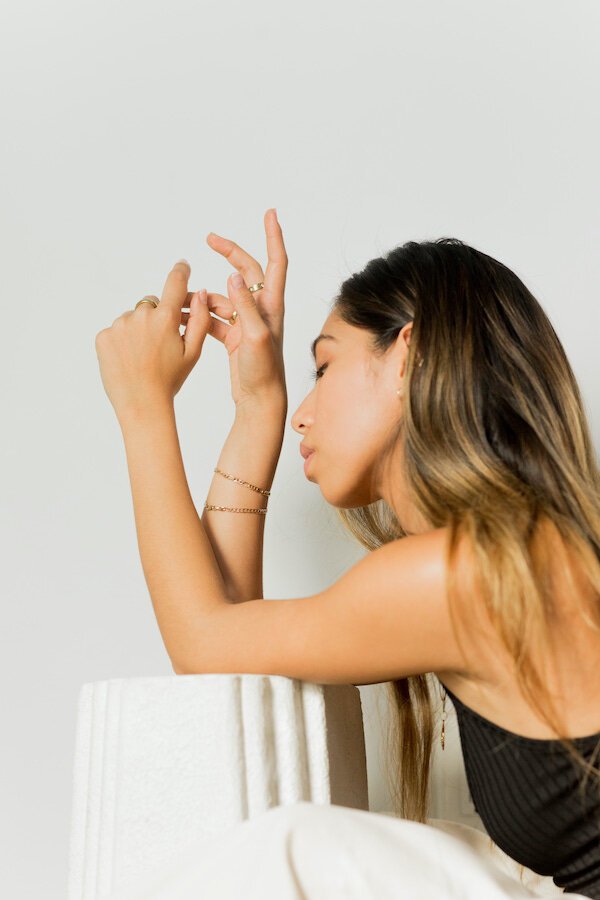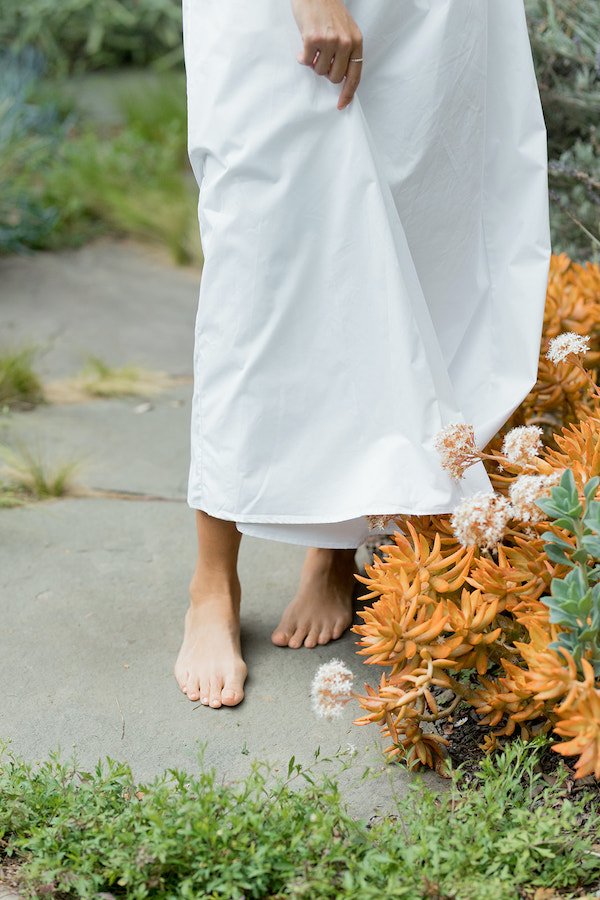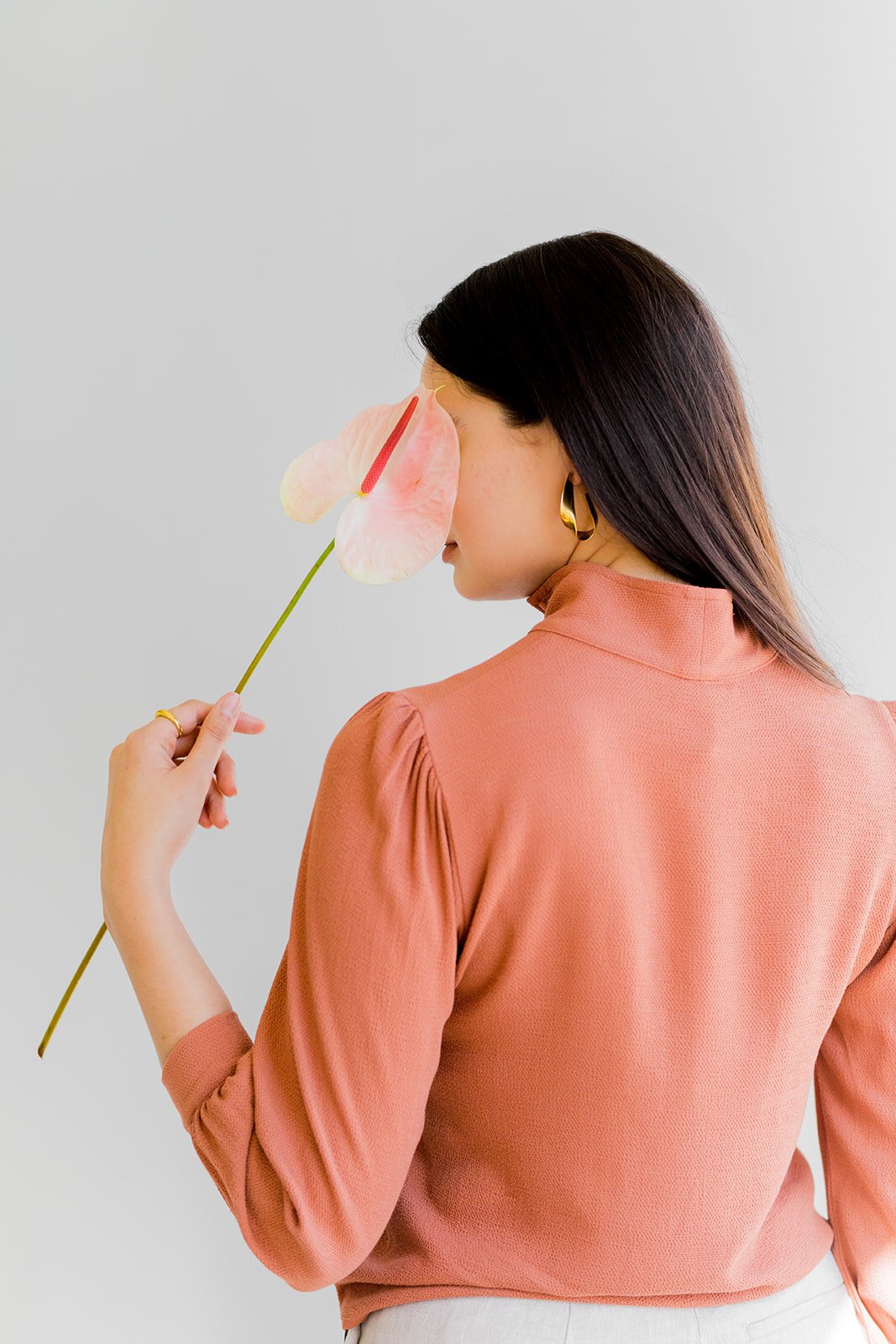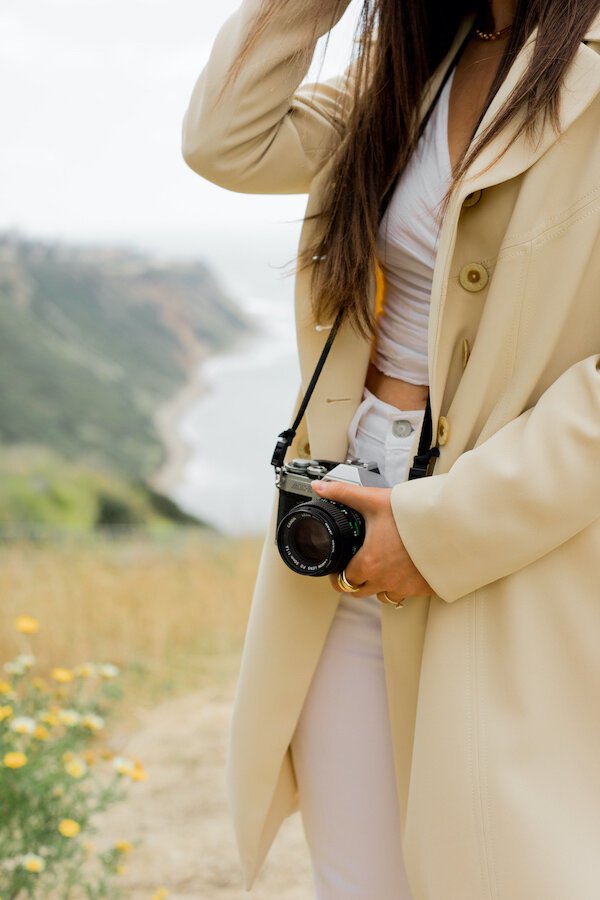
7 Screen-Free Hobbies To Unplug And Exercise Your Creativity
Hobbies Connect Us With Our Inner Child
When we were young, our hobbies were structured—our parents provided us with all of the necessary tools to keep us busy for hours on end. Maybe we colored in a coloring book, played with puff paint, or helped our dad build a birdhouse. No matter the activity, small hobbies that encouraged creativity were a big part of our little lives.
However, as we get older, we don’t often take the time and space to create and lose ourselves in activities outside of our normal hustles. But hobbies allow for peace in our minds and allow us to release limiting beliefs about what we are capable of, so it’s essential to reconnect with our favorite creative pastimes. The key to starting a hobby is finding something that encourages attention and concentration and can consistently be done daily, weekly, or monthly.
Creativity comes in lots of different forms, and there are many activities that help us tap into the feeling that our younger selves knew so well. Below are a few hobby ideas that can help us disconnect from our screen-filled routines—and reconnect with our inner child.
If you’re looking for a little more inspiration, check out our tips on cultivating media consumption habits that support a creative practice.
1. Scrapbook your memories
As an early ‘90s baby, printed images were the only way to view pictures. As a child, I would collect my disposable camera prints and spend hours gluing them into a binder with stickers, sparkles, and cute titles that offered a glimpse into the memories that the images captured. Now that we have Facebook and Instagram, we have a digital scrapbook for the whole world to view. While that is wonderful in many ways, scrapbooking offers a way to intimately honor our memories outside of the noise of the internet.
Take some time to either print your favorite images from your phone or invest in an instant camera. You can get essentials like paint pens, stickers, and scrapbooking glue from your local crafts shop.
If scrapbooking is a new concept for you and feels intimidating, there are resources and inspiration on Pinterest and YouTube. Allocate a Sunday afternoon, sprawl out on your living room floor, and have fun creating a book that you’ll treasure for years to come.
2. Create your own flower arrangement
It’s easy to go to your local market and grab a bouquet to display in your home. However, touching, feeling, and learning about plants while making your own bouquet is creative and a soothing way to connect with nature.
Start by choosing a color scheme and style for your arrangement. Research which flowers are in season—many cities have wholesale flower markets that house in-season florals and a nice range of imported flowers. Going to the flower market is a great way to see a large variety—plus, this can be less expensive than buying retail.
Another option is your local farmer’s market, where you can purchase individual flowers from nearby sustainable farms. Before you go, check and see what vessels you have for the arrangements and how many bouquets you want to make. This DIY wildflower arrangement tutorial is a great beginner guide to creating simple and stunning bouquets.
If flower markets and farmer’s markets aren’t available to you right now, you can find flowers at your local grocery store, just be mindful of the plastic packaging that often comes with store-bought flowers. Consider crafting flowers from upcycled paper or using dried flowers instead!
3. Tie-dye everything
Circling back to my childhood in the ‘90s, tie-dye was everywhere. When I got a little older, I loved tie-dyeing with friends in the summer, and even into early adulthood, I would tie-dye my favorite cropped tees and shorts. I loved making a simple white piece of clothing into a work of art.
Seeing how tie-dye is an often-recurring trend, I want to revisit this nostalgic hobby. However, I am using DIY natural dyes and fabrics like linen, silk, and cotton to create more adult versions of my childhood wardrobe. If you don’t want to dye your clothing, you can also dye towels, blankets, or tablecloths for colorful home essentials.
4. Start a bullet journal
Bullet journaling means logging your life in categories like tasks, events, notes, months, days, and years. Essentially, you put all of life’s details into a beautiful, personalized journal. The original method was developed by Ryder Carrol, whose process is quite mathematical and logical, but his approach is a simple place to start. When made into a creative outlet, bullet journaling is a lot like scrapbooking but more systematic and used for daily, weekly, and monthly planning.
When I first discovered bullet journaling, I was intimidated, but then I discovered how creative it could be. There are many resources online that teach you how to get started in creating your own personalized journal.
5. Plant an herb garden
As we continue to move into a technology-driven society, we are becoming less connected with nature. Gardening is an incredible way to touch and feel the earth, and it’s a continuous reminder to nurture this planet. It’s an activity that literally grounds the soul and offers peace for our minds.
Start by designating a space for your garden that can be as tiny or as large as you want it to be, depending on what your space allows for. Plant a few herbs to start with—this is important because it takes time to learn each herb’s right care. It’s also important to research which seasons are best for certain herbs and plan your garden accordingly.
Creating an herb garden is a wonderful way to step away from life’s distractions and truly connect with nature.
6. DIY Your Care Products
Making your own skin and beauty products is a great way to go zero waste, and it’s also an opportunity to minimize the ingredients you put on your skin. You can create so many different things; it just takes research, time, and vessels to put your homemade products in.
In this TED Talk, zero-waste maven Lauren Singer discusses that one of the first things she did when she chose to go zero waste was to learn to make her own products. She started making essentials like deodorant and toothpaste, and when she ran out of a different product, she would learn to make it herself.
Start by considering what products you wish you had in your bathroom or products that seem too expensive to purchase. Instead of buying them, make your own! Have a night in and create a body scrub, lip balm, and more.
7. Customize Your Clothing
Customizing your clothing can be as small as adding a pin or patch to your favorite denim jacket or as big as making your own dress. This hobby can also be as creative or practical as you want it to be, such as tailoring a pair of thrifted jeans or putting pom-poms all over a beret.
Elevating your personal style by adding customized details to your clothes allows fashion to become a form of creative expression. Maybe you have a cute dress that you wish was a little more snug—add a belt or take some silk ribbon and tie it around your waist. Maybe you have a pair of jeans that you wish were shorter or a little more fringed—cut them!
When starting a hobby, make sure it doesn’t feel like a chore but rather something that offers the chance to expand your unique abilities and skills in a fun and creative way.
What are your favorite offline hobbies? 🧶Share in the comments below!
Courtney Jay is a writer at The Good Trade. She is also a yoga instructor, health enthusiast, and sustainable fashion advocate. She believes the most powerful way to nurture the planet is to nurture ourselves. You can find more of her writing and take one of her online yoga classes on her website Coincide.
